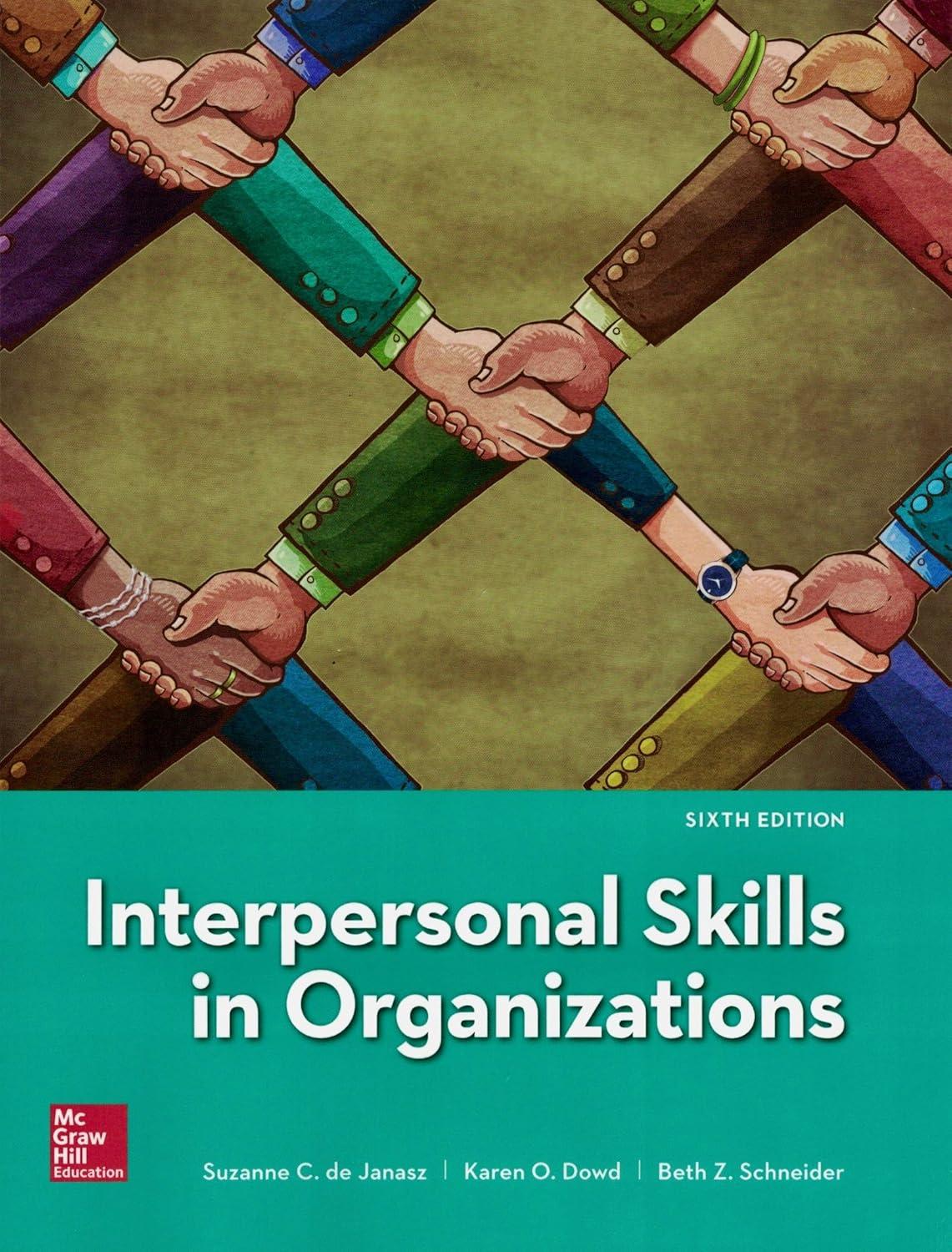Is the cross-price elasticity of demand positive or negative for the following pairs of items? a. Tennis
Question:
Is the cross-price elasticity of demand positive or negative for the following pairs of items?
a. Tennis rackets and tennis balls
b. Peanut butter and jelly
c. Hot dogs and hamburgers
*17. In 2001, X cost $3 and sold 400 units. That same year, a related good Y cost $10 and sold 200 units. In 2002, X still cost $3 but sold only 300 units, while Y rose in price to
$12 and sold only 150 units. Other things the same, and assuming that the demand for X is a linear function of the price of Y, what was the cross-price elasticity of demand for X with respect to Y in 2001?
*18. Smith cannot tell the difference between rice and wheat and spends all her food budget of $24/wk on these foodstuffs. If rice costs $3/lb, draw Smith’s price-consumption curve for wheat and the corresponding demand curve.
*19. Repeat the preceding problem on the assumption that rice and wheat are perfect, onefor-one complements.
*20. Suppose your local espresso bar makes the following offer: People who supply their own half-pint carton of milk get to buy a cup of cappuccino for only $1.50 instead of $2.50.
Half-pint cartons of milk can be purchased in the adjacent convenience store for $0.50.
In the wake of this offer, the quantity of cappuccino sold goes up by 60 percent and the convenience store’s total revenue from sales of milk exactly doubles.
a. True or false: If there is a small, but significant, amount of hassle involved in supplying one’s own milk, it follows that absolute value of the price elasticity of demand for cappuccino is 3.
Explain.
b. True or false: It follows that demand for the convenience store’s milk is elastic with respect to price. Explain.
Step by Step Answer:

Interpersonal Skills In Organizations
ISBN: 9781259911637
6th Edition
Authors: Suzanne De Janasz, Karen Dowd, Beth Schneider





